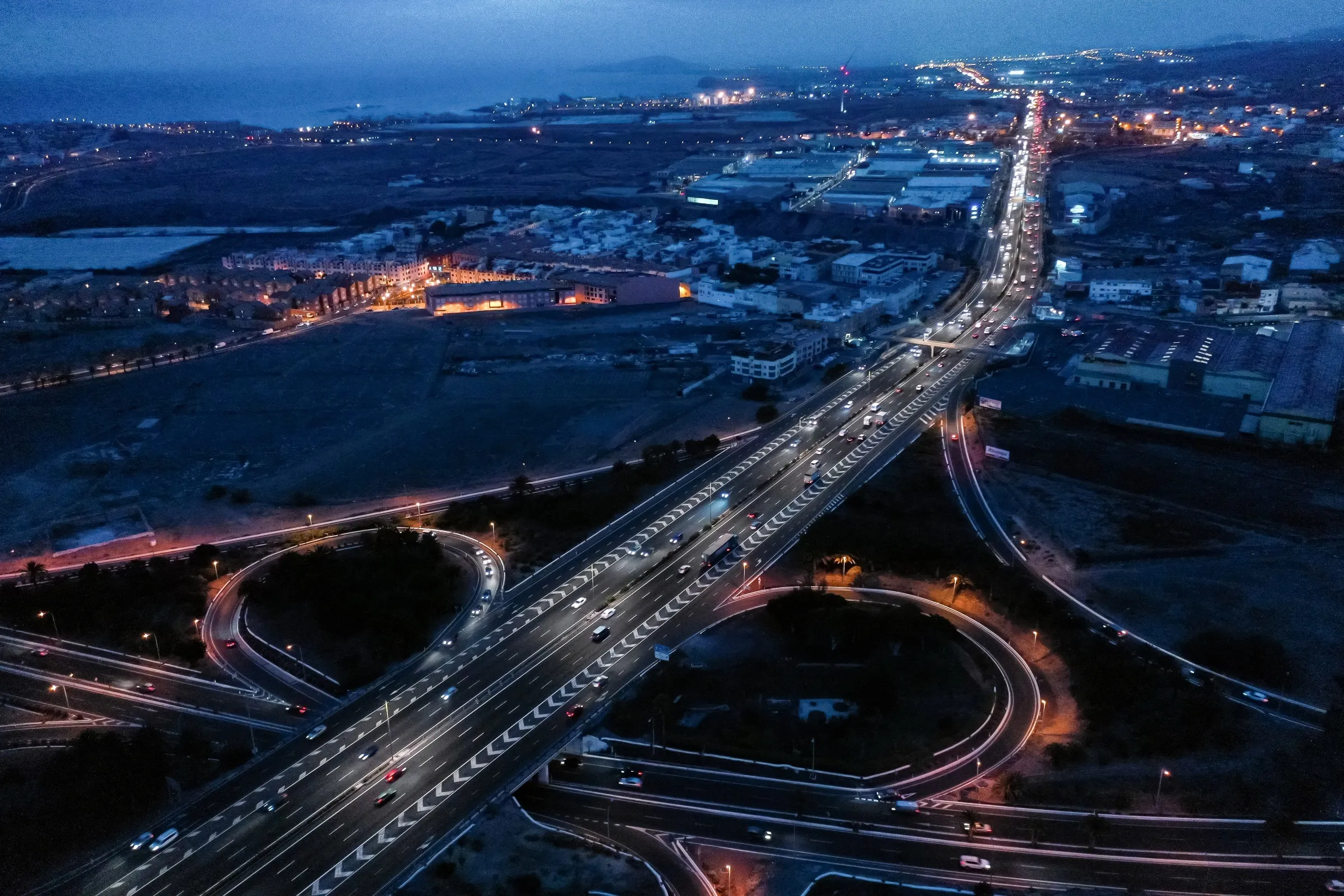Industrial digital camera manufacturer
The new models, which Basler says are suitable for many applications including traffic monitoring, are available with GigE or USB 3.0 interface and conform to GigE Vision 2.0 or the USB3 Vision standard. In addition, the colour models also include Basler’s PGI feature set, which consists of a combination of 5x5 de-bayering, colour-anti-aliasing, de-noising and improved sharpness.
Featuring CMOS sensors and the latest global shutter technology, the cameras are suitable as an upgrade for older CCD systems. Integration is simple and quick using the Bssdler pylon camera software suite.
Basler launches twelve new ace cameras feature Sony Pregius sensors
Industrial digital camera manufacturer Basler has begun series production of 12 new Ace models with IMX250, IMX252, IMX264 and IMX265 sensors from Sony's Pregius line, offering resolutions from 3.2 to 5 megapixels and frame rates of up to 120fps.
April 4, 2017
Read time: 1 min








